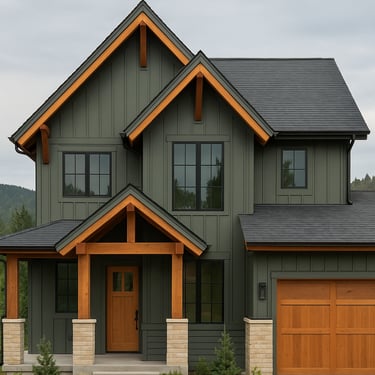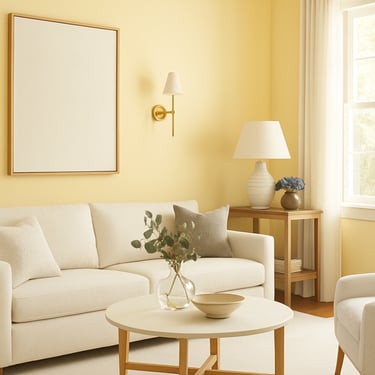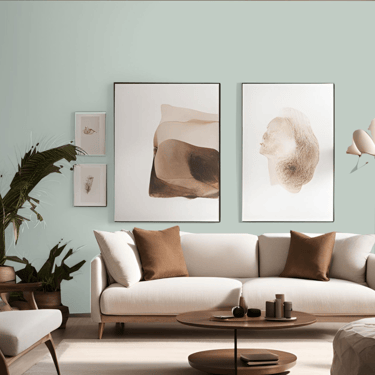Browse our gallery, then let’s create a palette just for you.
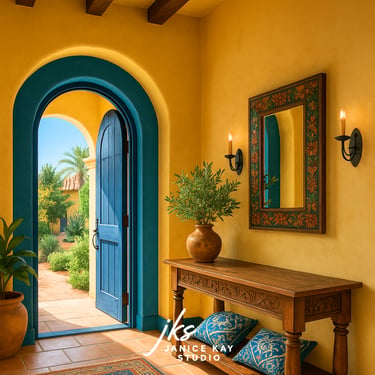


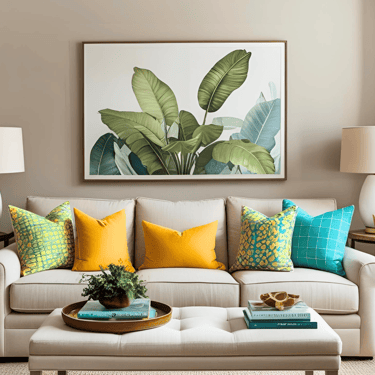
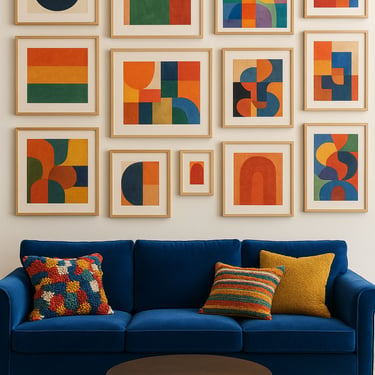
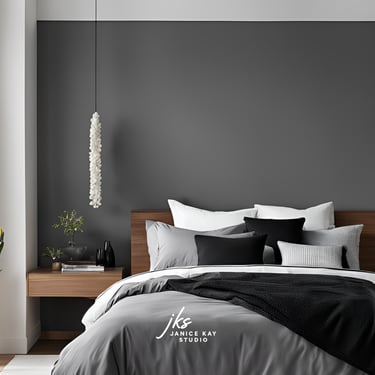
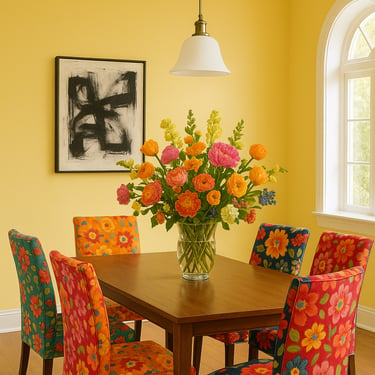
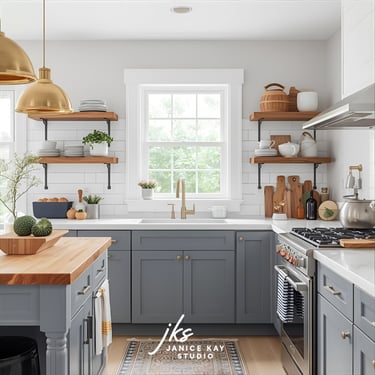
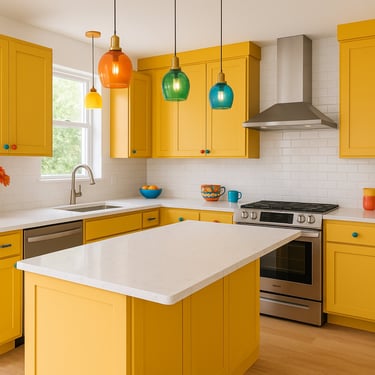
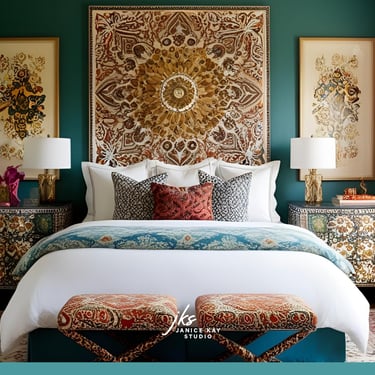
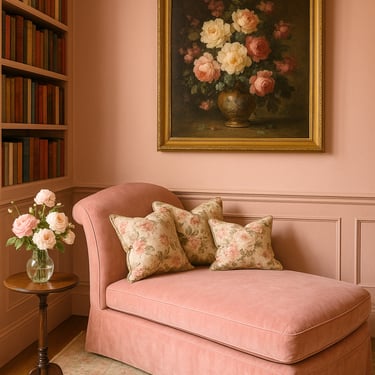
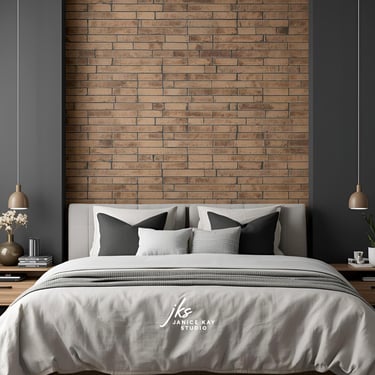
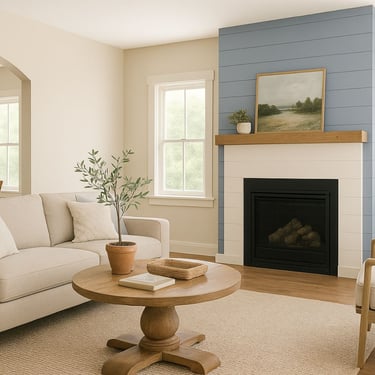
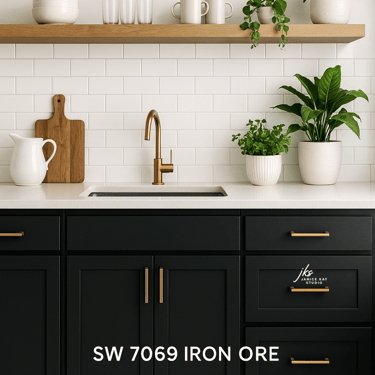
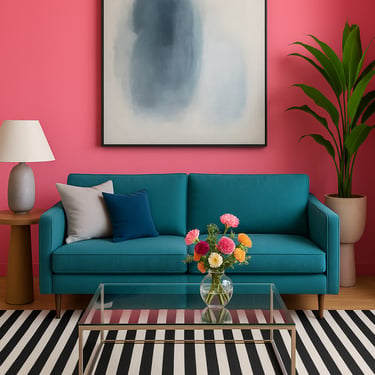
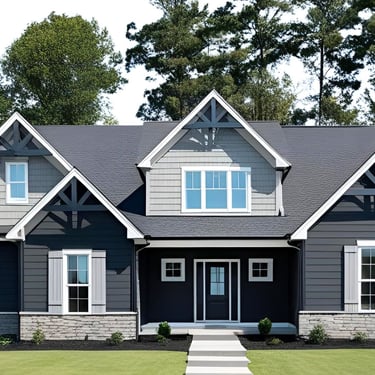

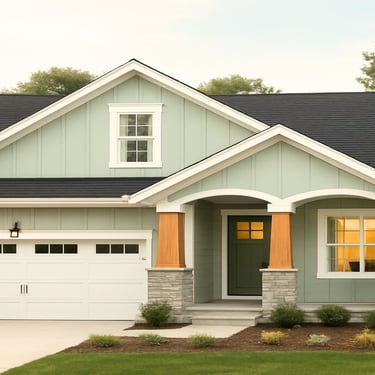
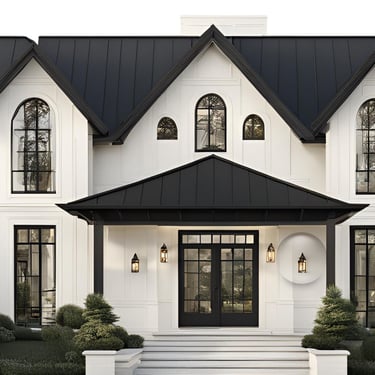

Meet Janice Kay
I’m an interior designer and paint color expert with over 30 years of design expertise. I assist homeowners in feeling assured when selecting decor and colors with tailored palettes and personalized consultations that simplify the process, making it enjoyable and stress-free.
“Color & design simplified, beautifully tailored, and authentically you.”




Home Color & Design Consultations...
What I Do
I simplify and enhance the color and design process, making it enjoyable. Whether you're refreshing a single room or planning a complete home color strategy, select what aligns with your style and tempo.


What I Offer
Custom Virtual Color Consults – 1-on-1 help with palettes for any room or exterior
Paint Color Guides – Downloadable PDF palettes for kitchens, bathrooms, more
In-Home Design & Color Consultations & Ideas – Inspiration + decor tips
available for residential clients in Boise + surrounding areas
Virtual Color Consulting
Perfect for clients anywhere. Includes a personalized paint palette, digital moodboard, and styling tips.


Available locally: Boise, ID area. Includes large paint samples, walk-through, and tailored recommendations.
Carefully selected downloadable paint schemes to make your home shine without the stress.
Curated Color Palettes

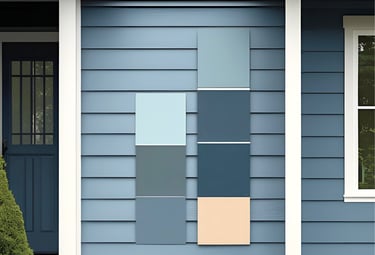
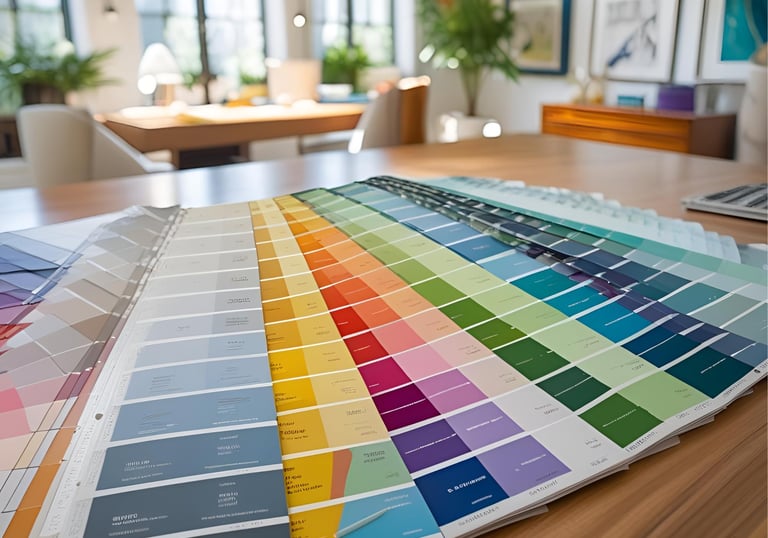

Local In-Home Color Consultation
"Janice's expertise transformed my home with perfect colors. Highly recommend her services for any project!"
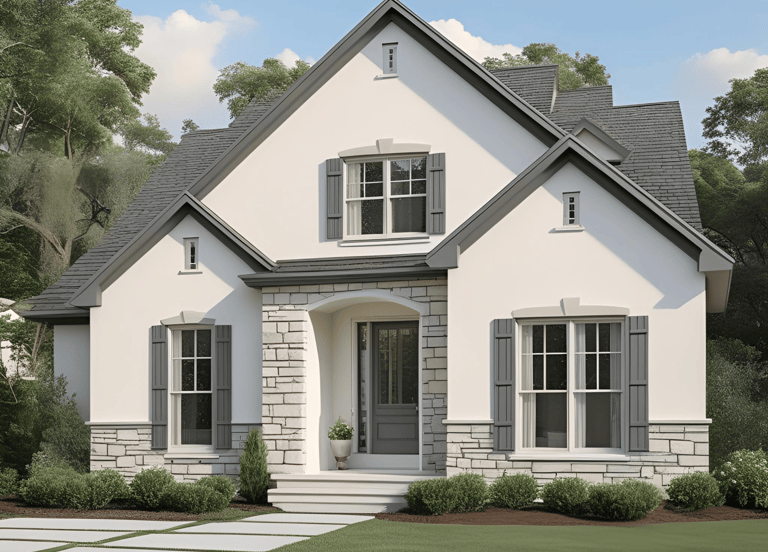

★★★★★
What clients are saying.
Gallery
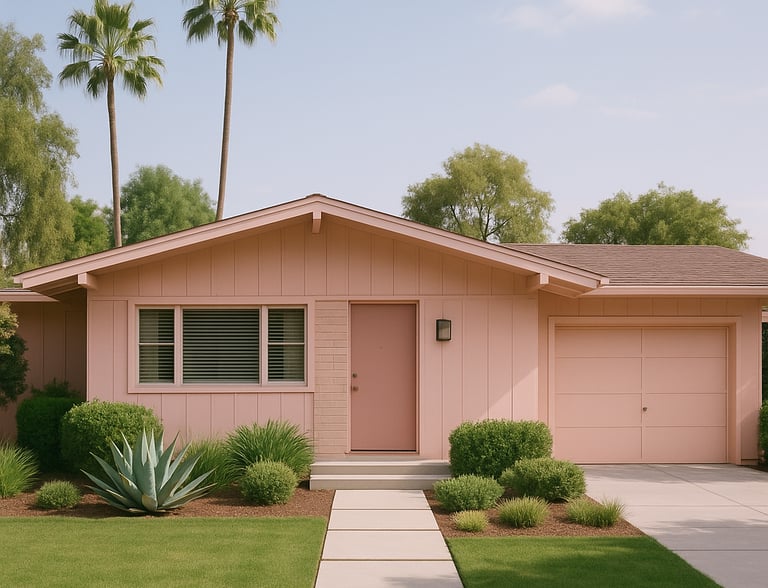

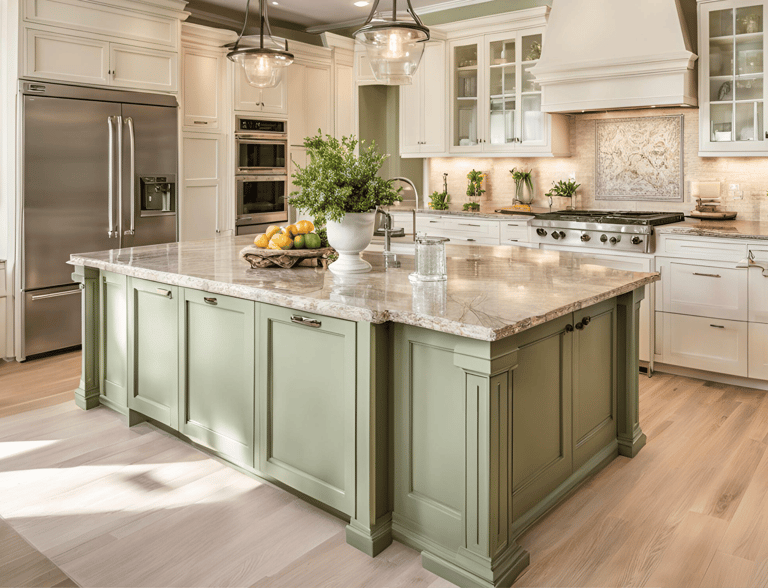

Explore our stunning color consultations and beautiful design transformations.

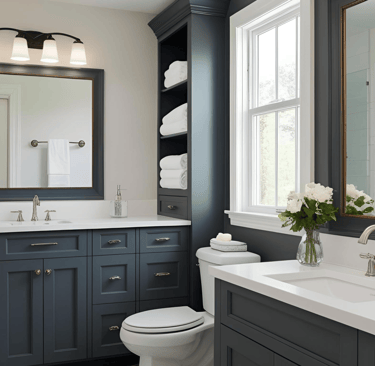
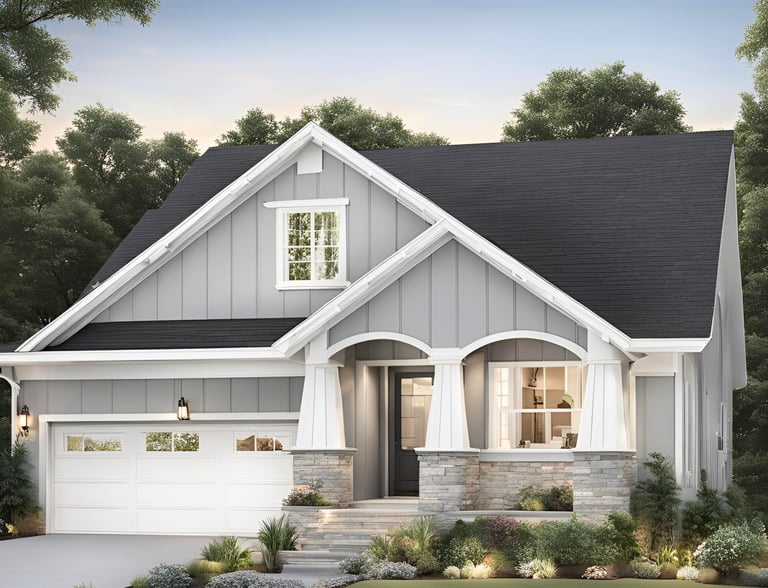

Emily R.

